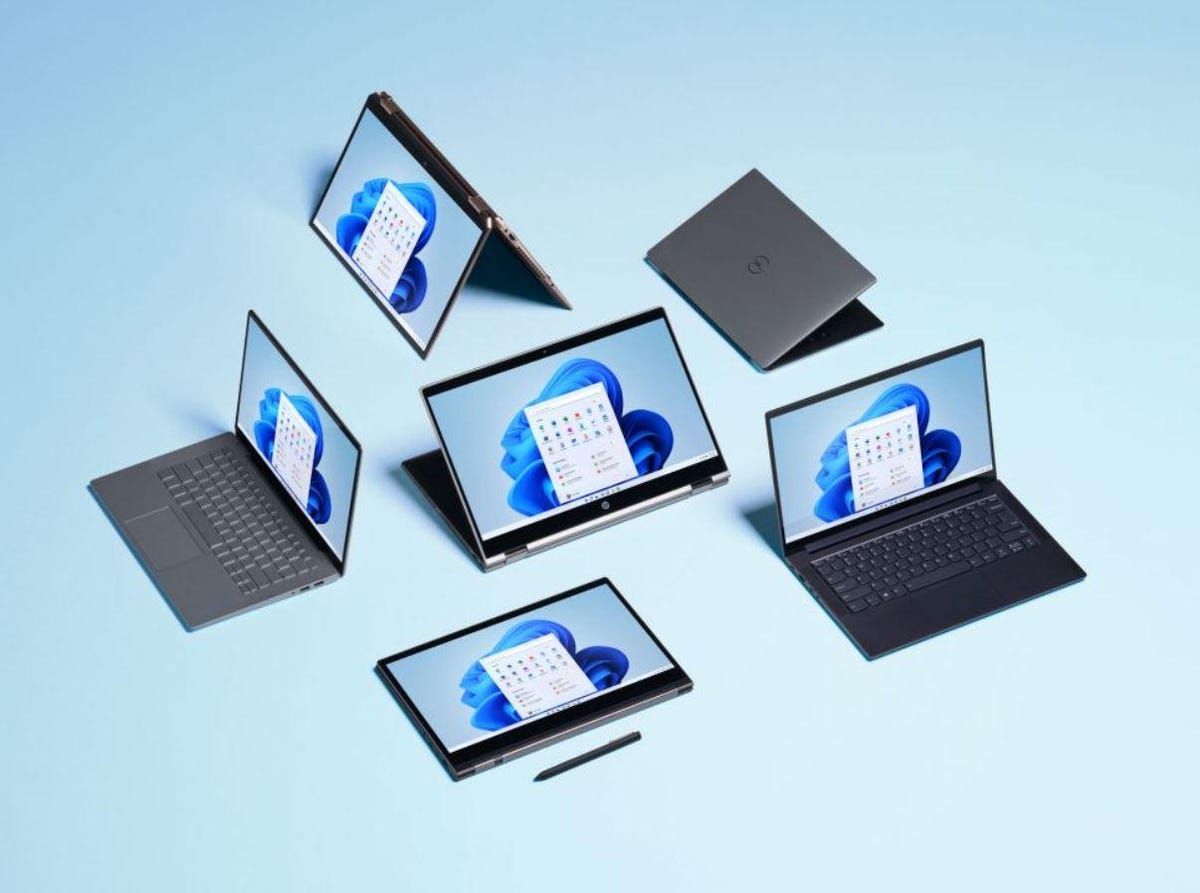Microsoft to require Microsoft Account and network connection to set up Windows 11 Home | ZDNet

Credit: Microsoft
For the past few years, Microsoft has been making it intentionally harder for consumers to set up new Windows PCs without signing in with a Microsoft Account. It’s still possible, with a few tricks, with Windows 10. But with Windows 11, Microsoft will require consumers to have a network connection, plus a Microsoft Account (MSA), to set up their PCs for the first time in order to reduce customer confusion, officials said.
For some users, this change is unlikely to be a deal breaker. But for those who are still wary of Microsoft’s data gathering in the name of telemetry, it won’t go over well.
Also: Best Windows 10 laptop in 2021: Top notebooks compared
Microsoft officials announced this set-up change during the company’s unveiling of its new Windows 11 operating system variant on June 24. Windows 11 will start rolling out this fall and going into early 2022.
Officials also said Microsoft will require PCs to have “modern” 64-bit, dual-core CPUs, a minimum of 4 GB of RAM and 64 GB of storage in order to run its newest Windows release. Windows 11 itself will be a 64-bit-only release; unlike Windows releases, including Windows 10, Windows 11 won’t come in a 32-bit flavor, officials said today — which is unsurprising given that there are basically no new 32-bit PCs on the market any more. (In case you’re wondering, yes, 64-bit Windows versions can run 32-bit software just fine.)
Here is the full list of hardware specifications for Windows 11:
- A ‘modern’ dual-core, 64-bit processor
- 1GHz clock speed
- 64GB drive
- 4GB RAM
- UEFI, Secure Boot capable
- TPM 2.0
- Greater than 9-inch screen with HD Resolution (1366×768 equivalent)
- DirectX 12 compatible graphics / WDDM 2.x
The existence of the MSA requirement with Windows 11 Home was noted by some who downloaded the leaked Windows 11 build a week ago. Microsoft removed the “I don’t have Internet” option which has allowed users to circumvent the MSA requirement and create a local account when first setting up their PCs. The old “just unplug your Ethernet cable” option didn’t work, either, with the Windows 11 leaked build, as Neowin noted.
This set-up change won’t affect Windows 11 Pro users, who will still be allowed to set up their PCs while disconnected and use Active Directory to sign in initially.
Most of the existing Windows 10 SKUs will be carried into Windows 11. The usual Home, Pro, Enterprise, Education, and related variants all still will be there. The “S Mode” option is being eliminated for Windows 11 Pro, however. Microsoft’s reasoning seems to be that the OS itself will be secure and robust enough to eliminate the need for a “mode” that restricts customers to getting apps from the Microsoft Store only.
As those downloading the leaked Windows 11 build noted, there seems to be a few new “Windows 11 Cloud SE” SKUs in the line-up, as well. Microsoft used the “Windows Cloud” codename to refer to the Windows 10 in S Mode variant of Windows 10. Yes, S Mode had nothing to do with cloud; it was all about locking down Windows 10 so that users in S Mode only could access the Windows Store apps. However, this new Windows 11 Cloud SE SKU — in the leaked build, at least — blocked users from accessing the Microsoft app Store.
I’ve asked Microsoft what these Windows 11 Cloud SE SKUs are. No word back so far.
For all the latest Technology News Click Here
For the latest news and updates, follow us on Google News.

